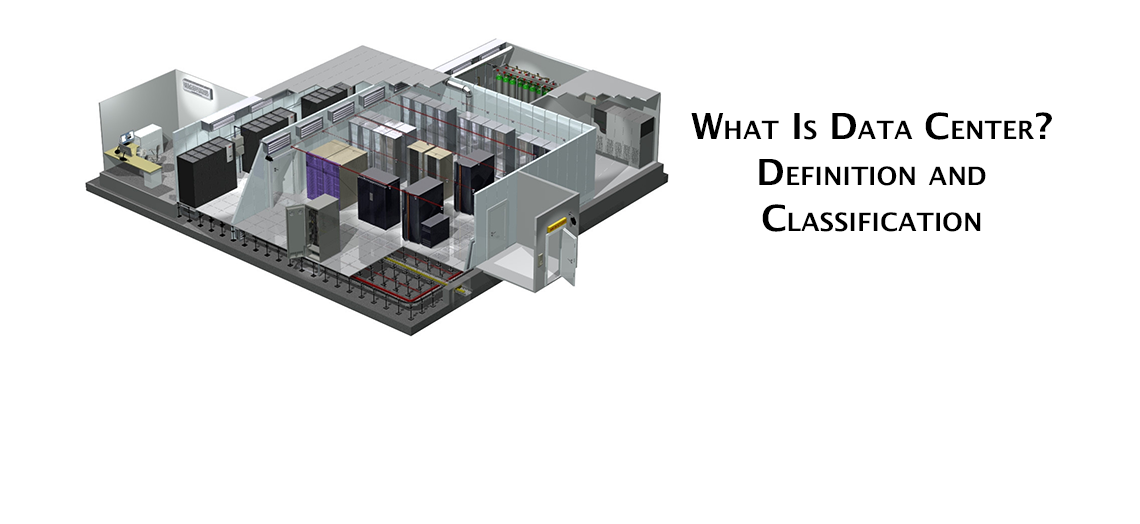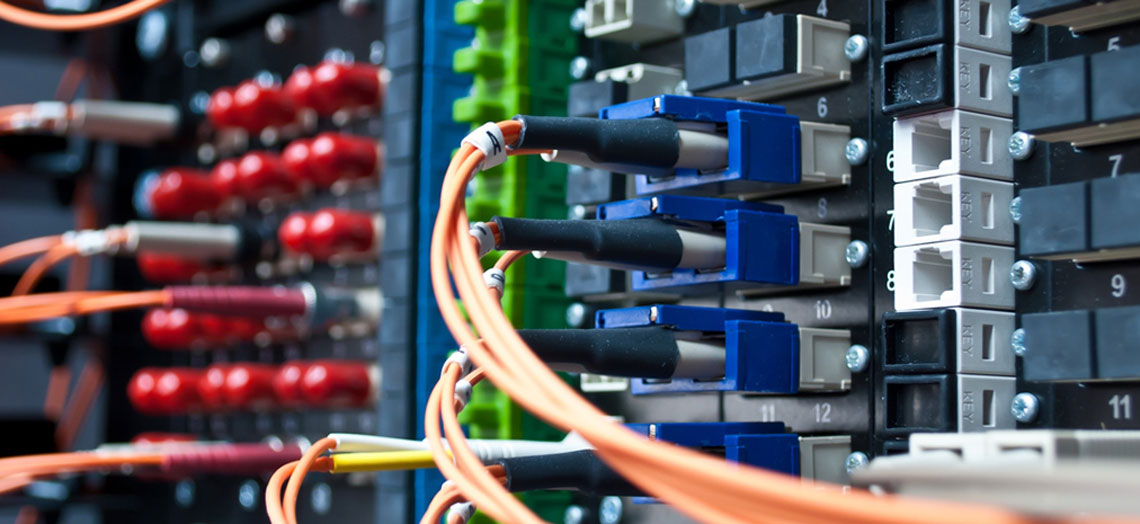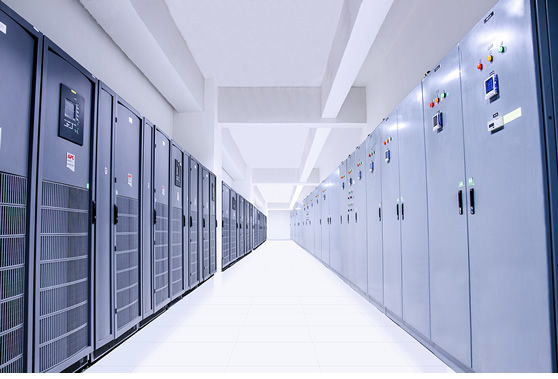Data Center
March 16, 2017
What is Data Center Bridging?
The term data center bridging may not be too familiar. Yet, it is actually a common term among the IT specialist. It refers to suite of institute of IEEE standards that stands for Institute of Electrical and the Electronic Engineers. These are the standards used to enable the so called converged fabrics in every data center. In this facility, all the storages, management traffic, cluster IPC and data networking share the same infrastructure of Ethernet network. This data center bridging provides the necessary bandwidth allocation that is based on hardware to specific traffic type. In the meantime, it also enhances the reliability of Ethernet transport by using the priority based flow control. Shortly said, it is an important part of data center virtualization that has to be existed and maintained.
Perhaps, there would be question regarding the use of allocation based on hardware. Well, this allocation is chosen upon the reason that it is the right choice when there is any traffic that bypasses operating system while it is offloaded to the so called converged network adapter. Upon lossless underlying transport of the upper layer protocol the priority based flow control is necessary.
Main Functionality of Data Center Bridging
In general, the DCB offers multiple main functionalities. These functionalities are essential to ensure the data center performance and process can go smoothly. Below is the list of the main and most essential functionalities.
- DCB provides the interoperability between the DCB capable switches and DCB capable network
- CB provides the important ability in allocating the bandwidth to TC or traffic control by percentage. The TC itself can consist of only one or more traffic’s classes that are differentiated by the 802.1p
- DCB provides the essential lossless Ethernet transport. This transport bridges multiple computers that run the Windows server. This functionality is performed by turning of the flow control based on priority on network adapter
- DCB enables the network and server administrators to assign application to particular protocols that are based on priority or traffic class.
- DCB also provides particular DCB management that is conducted through the Windows Management Instrumentation
- Apparently, the DCB is also important to support the servers’ co-existence
Well, among the available DCB, the Windows-based DCB is often used. It is relatively easy to use and manage including in heterogeneous network. Just like other DCB, it alleviates various issues that occur when the OEMs provide the converged fabric solutions.






